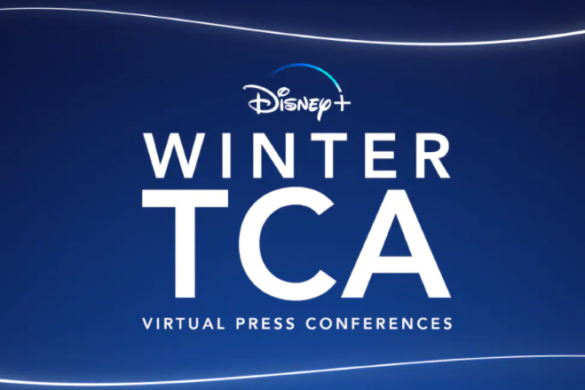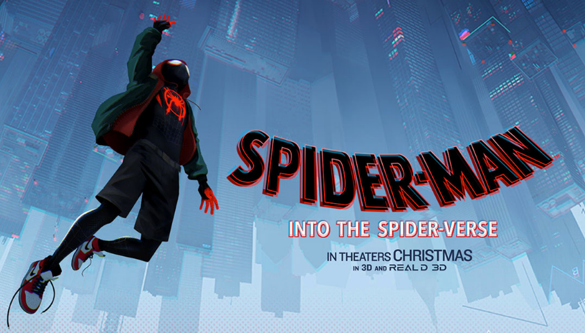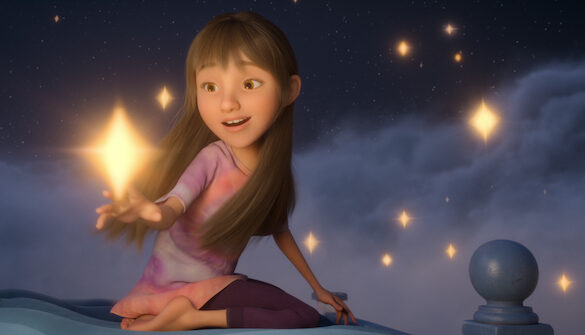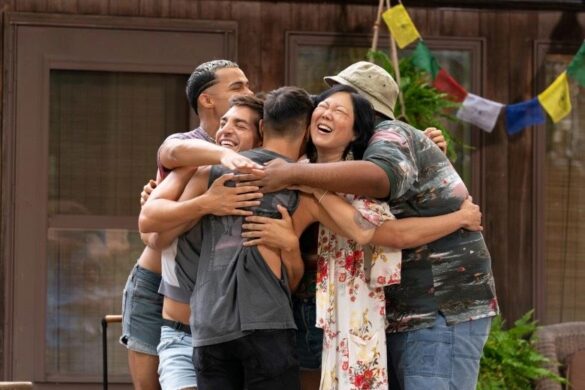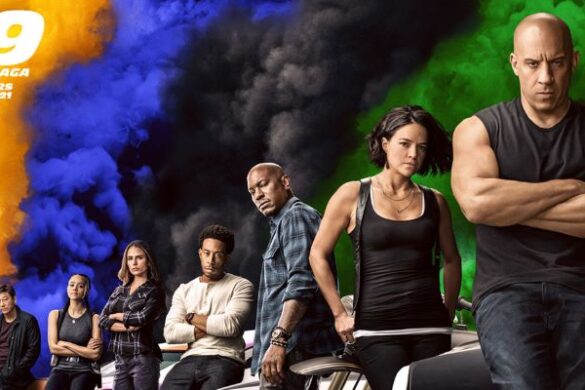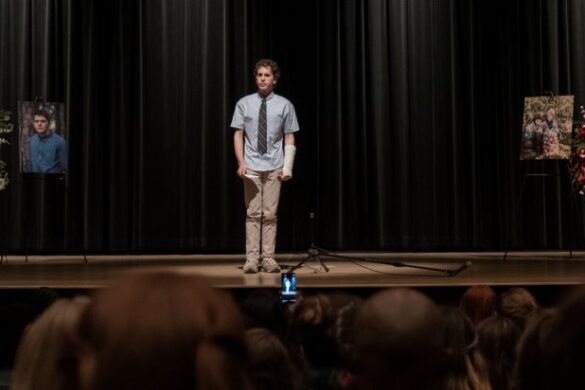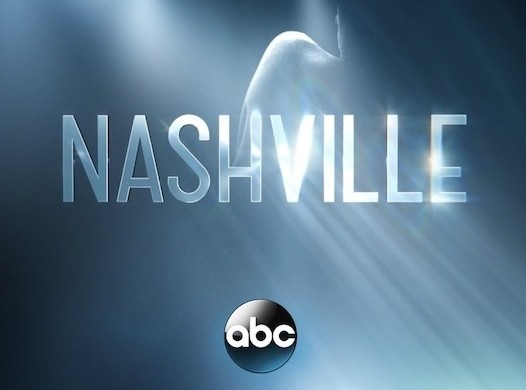Marvel Studios’ “Guardians of the Galaxy Vol. 3” is just a few weeks from release, so we are looking back at their roles in shaping the Marvel Cinematic Universe into what it is today. This includes their standalone films, the Avengers ensembles, and everything afterward.
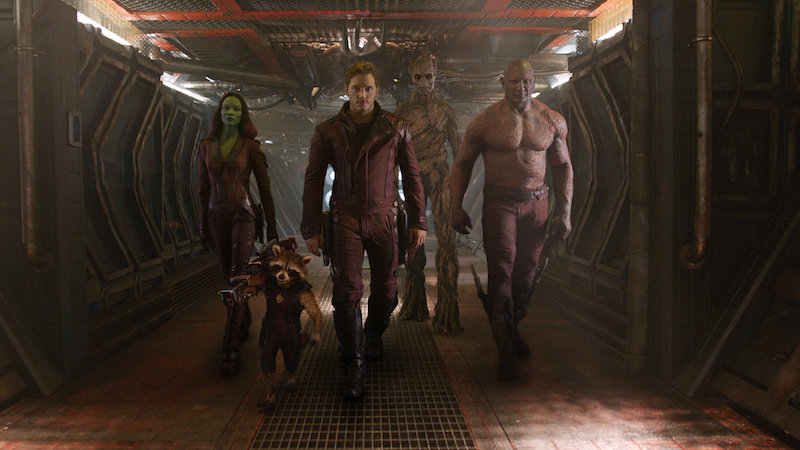
James Gunn’s “Guardians of the Galaxy” film franchise is unlike any of the other superheroes of the Marvel Cinematic Universe. The rocking space opera separated itself from whatever was happening on Earth to tell its own stories about a band of misfits coming together to save the galaxy while resolving interpersonal traumas and getting paid to do it. At the same time, an awesome mixtape played in the background.
The films were far from the conventional superhero flick within the MCU. Indeed, the humor was a bit twisted. Instead, this ragtag group of misfits, orphans, and outsiders leaped to colorful and gritty worlds that were unlike some of the recognizable settings that we saw in the first Earth-based MCU films. Each action set piece reflected different narrative tones or was a nugget of nostalgia. Whether it was Star-Lord trying to retrieve the film’s MacGuffin from a dank temple – a nod to “Indiana Jones – or how the titular group came together to The Runaway’s “Cherry Bomb,” “Guardians of the Galaxy” was more about these individuals who have lost so much finding a new family with each other.
Like “The Avengers” (2012), Gunn was tasked with bringing a group of unknowns together. The only hitch was that he didn’t have four other films spread out in three years to do it. These characters ranged from Peter Quill (Chris Pratt), a roguish thief; Gamora (Zoe Saldana), a deadly assassin and daughter of the Mad Titan Thanos; Rocket (voice of Bradley Cooper), a bounty hunter with his house pet plant and muscle Groot (Vin Diesel) – who can only say “I am Groot: and a grieving Drax (Dave Bautista), a father out for vengeance. So to balance out these wildly different outlandish characters into a functional group would not be easy. And yet, the differences that make them an entirely dysfunctional family is what made the film work so well. They often threatened or insulted each other, and sometimes, their decisions made others angry. But they soon discover they are stronger together than they are as individuals.
Moreover, they discover that they aren’t just a group of jackasses. They are a family. The striking difference between the Avengers and the Guardians was how Gunn humanized these Guardians. They may have been aliens, but they are misfits, orphans, and outsiders like any human. As such, we can see ourselves in these characters and empathize more with them. At times, it can seem like the characters have something in common with their Earthling counterparts. Like Steve Rogers’ Captain America, Peter Quill was a victim of being a hero living out of time. But the former sacrificed himself for the greater good but couldn’t say goodbye or have a last dance with his beloved. In contrast, a young Peter couldn’t even mourn the loss of his mother when Yondu abducted him and raised him to be a galactic pirate. The irony was that Yondu was more of a father figure to Peter than anyone else, which Gunn would later address in the subsequent sequel.
So Peter’s memories of Earth were contained in an 11-track Awesome Mix of 60s and 70s chart-topping hits complied by his mother. These songs would serve as pop culture reference points for our lead hero, some of which the other members didn’t even understand. Dirty jokes referencing Pollock’s paintings and nods to Kevin Bacon in “Footloose” also acknowledge how Peter never matured but would reveal his character and what it was like to live amongst space pirates. And like a child, he’s very protective of what is precious to him, so his mother’s Walkman and mixtape are almost always by his side. He has to lash out to get it back if it isn’t in his possession. What’s more, these songs aren’t just typical emotional cues. They remind him of his mother and are the only semblance of his home back on Earth.
But Peter isn’t the only one who suffers from familial traumas. Gamora grew up as the unwilling adoptive daughter of Thanos (Josh Brolin). As such, that familial attachment earned the galaxy’s deadliest assassin the unfortunate reputation of everyone wanting her dead. However, her moral compass is revealed when she plans to betray her father by not giving the Power Stone to him. Furthermore, she is haunted by the atrocities committed by Thanos, including the genocide of her people. That starkly contrasts with her adoptive sister, Nebula (Karen Gillian), who resents Gamora for constantly beating her whenever Thanos forces the two to fight. So as punishment for losing, Nebula was disfigured and enhanced with cybernetic adjustments. Though she serves as the hard-edged assassin with a moral compass who keeps the team in check, the obligatory MCU foreshadowing gets in the way of her character development. And because there is so much story to tell in so little time, their relationship doesn’t get as fleshed out. Of course, looking back at it now, we see how Gunn lays out the groundwork to tell their story in the subsequent sequels.
As for the remaining members of the Guardians, Drax, Rocket, and Groot also have traumas that shape who they are. For instance, Drax is driven to get vengeance for his family after witnessing Ronan kill his wife and daughter. Drax may seem dim, with metaphors going over his head, but he is driven by getting justice for his family. And that is what causes him to act selfishly when he calls Ronan, who is searching for the Power Stone for Thanos, to battle him on Knowhere – which happens to be the same planet where the Guardians are trying to hide the Power Stone.
What’s so unique about the Guardians of the Galaxy characters is how they can be more than what we see. Rocket may be flawed, but he can overcome his greedy sensibilities and rises above his objectivity to be a moral character that does the right thing for the right reasons. Of course, it’s hard for him to accept that change as we see him angrily kicking grass. He cannot trust others as someone who has been experimented on and torn apart repeatedly. So it makes sense that his only ally and true friend is a walking tree named Groot. And though his linguistics is limited to saying “I am Groot” in that order, his gentleness shines through in how he protects his newfound family from Ronan’s soldiers and self-sacrifice.
So much of the “Guardians of the Galaxy” revolves around this idea of found family, with the group experiencing their respective losses. But since the film tells the story from Quill’s perspective, he finds it in Gamora, Drax, Rocket, and Groot. As he engages in a dance-off with Ronan, we see Quill reach out to grab the Power Stone, which he cannot do on his own, or he is destroyed. As Ronan looks on, knowing what happens to those who dare try to wield its power, Gamora reaches out to grab Quill’s free hand, and Drax and Rocket follow suit. Not only is this a powerful scene that confirms they’ve become a family unit, but it’s also a scene where we see Quill finally take his late mother’s hand. Sure, it was an image conjured by the Power Stone, but it an important nonetheless because it freed him of the guilt of running away from her final request all those years ago.
While Gunn’s “Guardians of the Galaxy” is a team of humans, aliens, a trigger-happy bipedal raccoon, and a sentient tree, what makes them so wonderfully endearing is how he humanizes them. They are all bound by a trauma that links back to one Mad Titan. And even though the insertion of that character only expands a larger story arc further, it doesn’t get in the way of the story that Gunn wants to tell about family, trust, and trauma.



